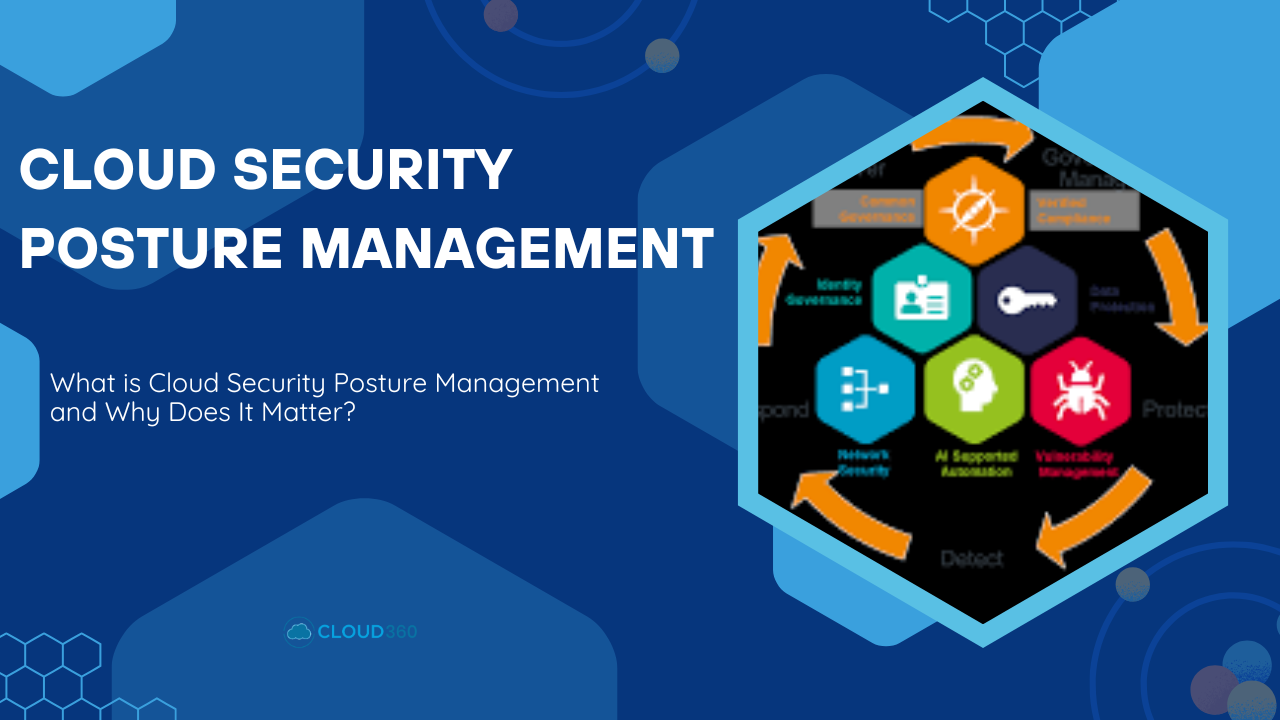What is Cloud Security Posture Management
What is Cloud Security Posture Management and Why Does It Matter?
Cloud computing is taking over more businesses than ever before. Companies store data, run apps, and even operate entire services in the cloud. But such rapid growth also increases security risks. Sprawling cloud setups can come with overlooked vulnerabilities and misconfigurations. That is where Cloud Security Posture Management (CSPM) steps in as a key tool for keeping data safe.
Understanding CSPM can be a game-changer for organizations aiming to stay secure in today’s digital world. Let’s dive into what CSPM actually is, why it’s essential, and how it can help protect your cloud environment.
Understanding Cloud Security Posture Management (CSPM)
What is CSPM?
Cloud Security Posture Management is a set of tools and processes designed to identify vulnerabilities in your cloud setup and help fix them. Think of CSPM as a security checkup for your cloud infrastructure. It scans configurations, permissions, and overall setup to reveal weak spots before hackers do.
CSPM automates tasks like keeping track of compliance standards and assessing security posture across multiple cloud platforms. Instead of manually checking each part of your cloud, CSPM does it continuously and automatically. This saves time and reduces errors, ensuring your cloud stays protected.
Key Components of CSPM
- Continuous Security Monitoring: Gives real-time insights into your cloud setup. It shows whether cloud configurations are safe or risky, so you can act fast.
- Security Policy Enforcement: Automates rules dictating how cloud resources should be managed. It ensures everything aligns with best practices and internal standards.
- Risk and Vulnerability Detection: Finds mistakes like open storage buckets, exposed data, or insecure permissions that could lead to breaches.
How CSPM Differs from Other Cloud Security Solutions
Unlike tools like Cloud Access Security Broker (CASB) or Cloud Workload Protection Platforms (CWPP), CSPM focuses on your cloud’s overall security posture. It looks at configurations and compliance rather than just blocking threats or protecting workloads.
If you want to know whether your cloud environment is configured safely and meets regulations, CSPM is the right choice. It’s about assessing and fixing problems before they become security incidents.
Why Cloud Security Posture Management Matters
Increasing Cloud Adoption and Complexity
Cloud use continues to grow fast. According to recent reports, 94% of enterprises now use multiple clouds. Managing these environments gets tricky because of different platforms, rules, and permissions. Without proper oversight, configurations can fall out of date or become insecure.
Imagine trying to keep tabs on dozens of cloud accounts manually—impossible and risky. CSPM makes it manageable and gives you a clear picture of your security health.
Reducing the Risk of Cloud-Related Data Breaches
Data breaches are on the rise, and many are caused by simple mistakes like misconfigured cloud settings. In fact, studies show that over 70% of cloud breaches involve misconfigurations.
A well-known example is the Capital One breach, where an improperly configured AWS server exposed over 100 million records. CSPM tools can catch such issues early, reducing the chance of costly breaches.
Ensuring Compliance with Regulations
Companies in finance, healthcare, and retail face strict rules like GDPR, HIPAA, and PCI DSS. These standards often demand continuous monitoring and proper security controls for data stored in the cloud.
CSPM tools help organizations stay compliant by automating security checks and generating audit reports. Staying audit-ready becomes easier, saving time and avoiding hefty fines.
Cost Savings and Operational Efficiency
Data breaches and compliance fines can hit hard financially. CSPM reduces these risks, saving money in the long run. Plus, automation means your team spends less time fixing security issues manually. This boosts operational efficiency and lets your IT staff focus on more strategic tasks.
Core Features and Capabilities of an Effective CSPM Solution
Automated Discovery and Inventory of Cloud Resources
Knowing what you have is the first step. CSPM tools automatically scan your cloud accounts to find all resources—servers, storage, databases, and more. Proper tagging helps manage and prioritize assets, especially when dealing with multiple cloud providers.
Continuous Monitoring and Risk Assessment
Cloud environments shift constantly. CSPM keeps watch 24/7 to find misconfigurations and security gaps immediately. It uses advanced analytics and AI to predict potential vulnerabilities before they are exploited.
Policy Enforcement and Remediation
When CSPM spots a violation—like an open S3 bucket—it flags it instantly. Some tools can even fix the problem automatically or suggest quick fixes. Plus, integration with workflows like DevOps speeds up remediation, helping teams respond faster.
Compliance Management and Reporting
Built-in compliance templates help align your cloud setup with industry standards. Dashboards give managers a quick overview of security health. Audit-ready reports are generated easily, making compliance audits less burdensome.
Integration with Existing Security Ecosystem
A good CSPM tool works smoothly with other security systems—SIEMs, SOAR platforms, etc. This creates a unified view of your security posture and improves overall threat response.
Best Practices for Implementing CSPM in Your Organization
Establish Clear Security Policies and Frameworks
Start with firm rules about how your cloud should be configured. Clearly define standards for access, data management, and security controls. Keep policies updated as new threats emerge.
Prioritize Critical Assets and Data
Focus on high-value targets—like sensitive customer data or key business applications. Use risk assessments to guide your efforts, fixing the most important issues first.
Automate and Integrate for Efficiency
Automate routine checks and policy enforcement with CSPM tools. Embed security into your deployment pipelines so security is part of the development process from the start.
Train Your Teams
Make sure your staff understands cloud security basics. Regular training keeps everyone up-to-date on best practices and emerging threats. Fostering a security-first culture pays off long-term.
Regularly Review and Adjust
Continuous monitoring isn’t a one-time task. Keep evaluating how your CSPM tools perform. Adjust policies and tools as your environment changes and threats evolve.
Summary:
Managing security across multiple cloud environments is no small feat. CSPM offers a smart way to identify risks early, automate compliance, and keep your data safe. It’s more than just a security tool—it's a vital part of good cloud management.
By implementing a solid CSPM strategy, your organization can lower the risk of breaches, stay compliant, and operate more efficiently. Don’t wait for a security incident to take action. Today’s cloud environment demands proactive security that keeps pace with your growth. Invest in CSPM—because your cloud’s safety depends on it.


